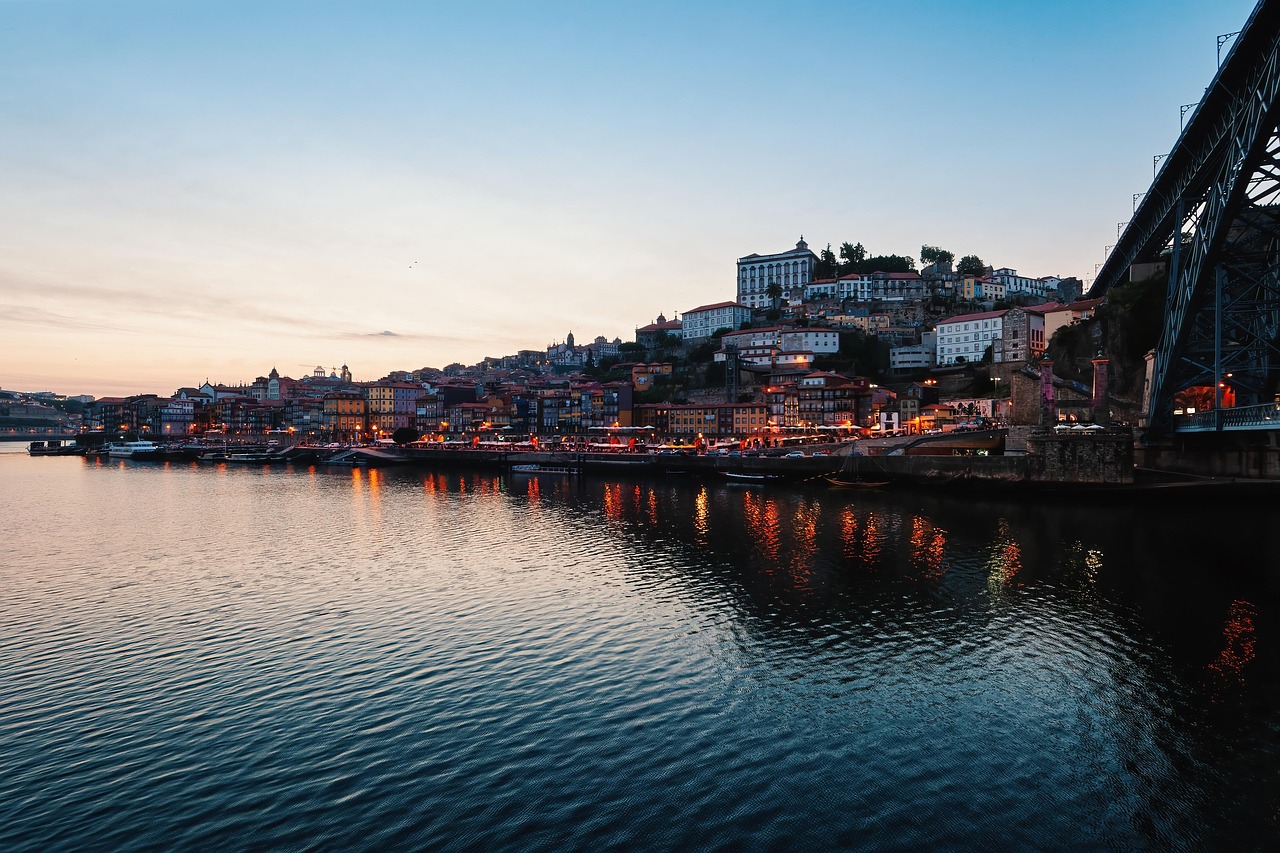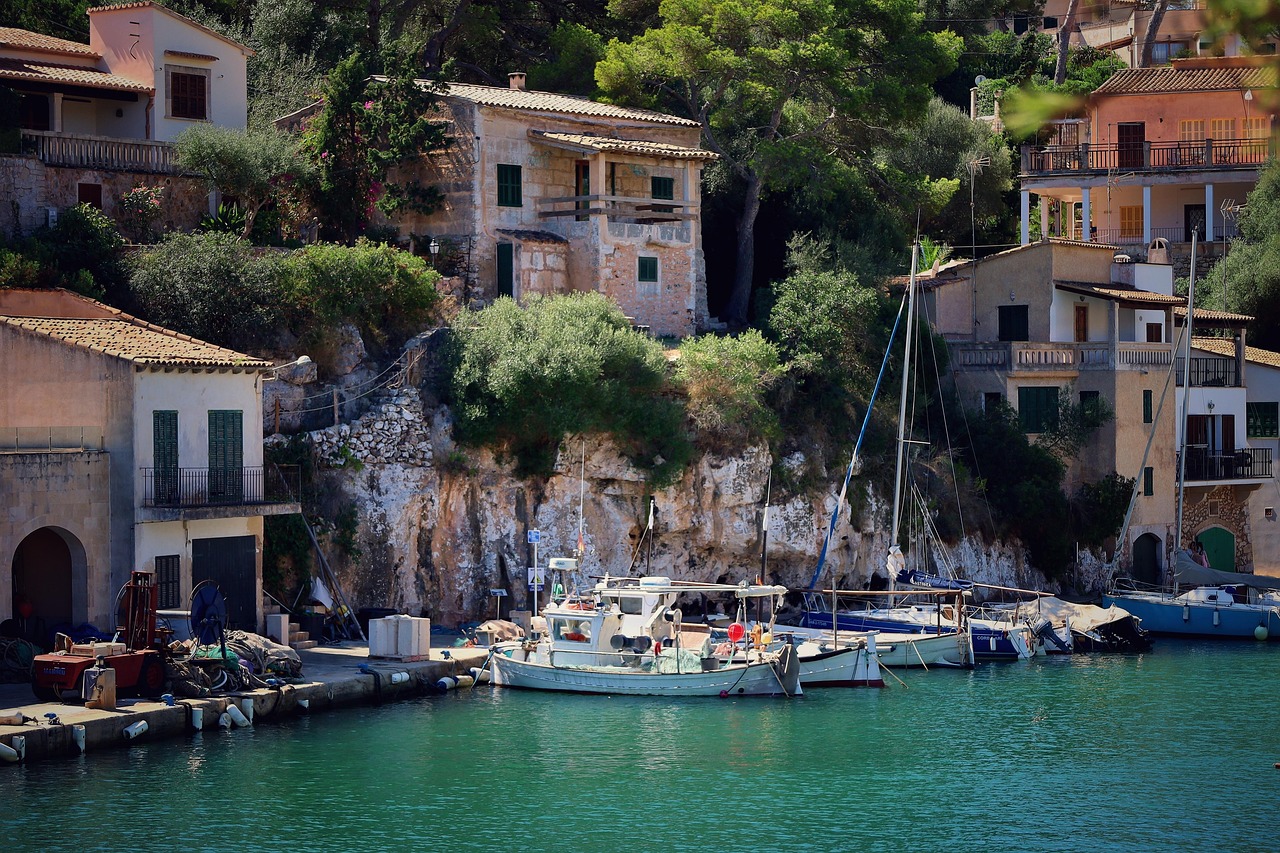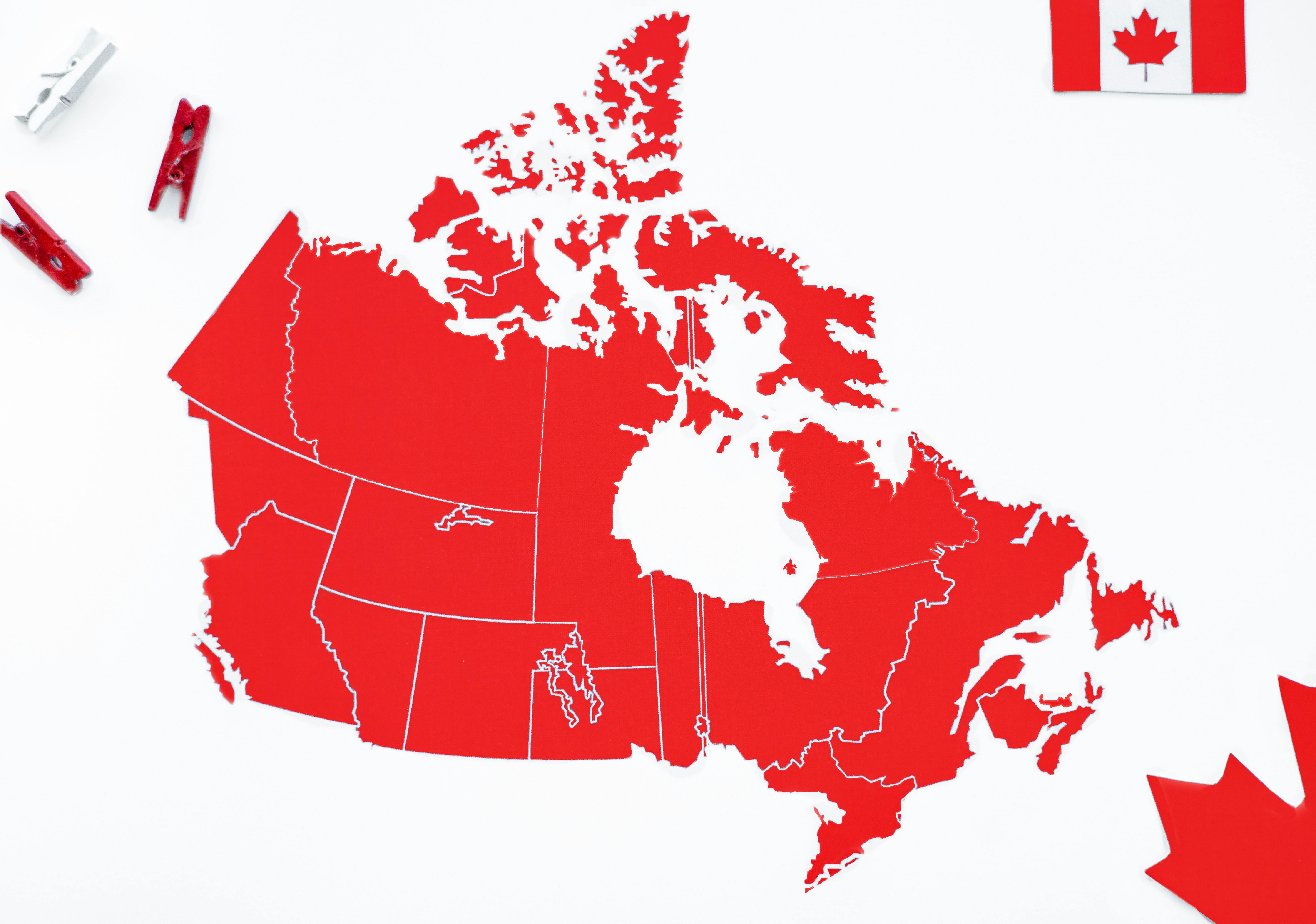Top 10 Waterfront Retirement Communities In British Columbia

Retirement is a time to slow down, relax, and truly enjoy life — and what better way to do that than by settling near the water? British Columbia is home to some of the most breathtaking waterfront retirement communities in Canada, offering oceanfront views, mountain backdrops, and endless opportunities for outdoor adventure.
Many retirees are drawn to waterfront living in BC because it provides a sense of peace, relaxation, and the chance to stay active year-round. With its mix of rugged coastlines, serene lakes, and charming harbours — from the beauty of Vancouver Island and the Gulf Islands to the calm of interior lakes like Okanagan and Shuswap — British Columbia offers the perfect backdrop for retirement living.
Whether you’re dreaming of a cozy seaside village, a lakeside retreat, or a community with easy access to both city amenities and nature, BC’s waterfront retirement options can suit every lifestyle.
Benefits of Living by the Water
Experts often highlight the health benefits of living near water, including:
Reduced stress and anxiety – Studies show that being close to the ocean, lakes, or rivers can lower stress, improve mood, and enhance overall well-being. The calming effect of waves and waterfront views is often referred to as “blue mind.”
Better air quality – Coastal breezes and clean mountain air in British Columbia’s waterfront regions provide fresher, healthier breathing conditions, especially compared to larger urban centers.
Encouragement for an active lifestyle – Living near the water in BC makes it easy to stay active with activities like kayaking, paddleboarding, sailing, hiking along coastal trails, or simply enjoying beachside walks.
British Columbia is home to some of Canada’s most stunning waterfront communities, from charming seaside towns on Vancouver Island to scenic retirement spots along the Sunshine Coast and Okanagan Lake. The province offers a mix of affordable smaller towns and upscale waterfront retirement residences. Whether you’re seeking a quiet coastal village for independent living or a vibrant community with supportive care near the water, BC provides a wide range of options to match different retirement lifestyles.
In this guide, we’ll explore the best waterfront retirement communities in British Columbia to help you find the perfect place to enjoy your golden years.
What Makes British Columbia’s Waterfront Retirement Communities Special?
Waterfront retirement communities in British Columbia are some of the most desirable in Canada. They offer ocean views, mild weather, and a relaxed lifestyle that many retirees dream about. Here’s why they stand out:
1. Peaceful & Scenic Environment
British Columbia’s coastline, lakes, and islands give retirees endless natural beauty. From the Pacific shores of Vancouver Island to the calm lakes of the Okanagan, there are breathtaking views almost everywhere.
Expert Insight: Living near water can lower stress and improve overall well-being. In B.C., the mix of ocean air, mountain views, and calm waters creates a lifestyle that feels both refreshing and peaceful.
2. Access to Nature & Outdoor Activities
Waterfront living in B.C. means you’re never far from outdoor fun. Depending on the season, retirees can enjoy:
- Boating, kayaking, and fishing on the Pacific Ocean, Okanagan Lake, or Shuswap Lake
- Hiking and cycling in scenic areas like Vancouver Island or the Gulf Islands
- Golfing on oceanfront and lakeside courses
- Skiing and snowshoeing in winter at nearby mountain resorts
Many communities also have marinas, beaches, and walking trails, keeping retirees active all year.
3. Year-Round Appeal: Four Seasons of Beauty
B.C.’s waterfront areas offer something different in every season:
- Spring & Summer: Mild temperatures, beach days, and outdoor markets
- Fall: Stunning fall colors against mountains and lakes
- Winter: Coastal areas stay relatively mild, while mountain areas offer snow sports and cozy cabin living
This makes B.C. especially attractive for retirees who want both variety and comfort.
4. Strong Community & Social Life
Waterfront communities in B.C. are friendly and welcoming, with many ways to connect:
- Farmers’ markets, arts festivals, and local events
- Senior centers, fitness groups, and hobby clubs
- Volunteer programs that bring people together
- Social gatherings at community halls, churches, and cultural centers
This sense of community makes it easy for retirees to feel at home.
5. Convenient Access to Healthcare & Amenities
Many of B.C.’s waterfront towns are close to larger centers like Victoria, Kelowna, Nanaimo, or Vancouver, where hospitals and senior care services are available. Retirees can enjoy the calm of waterfront living while still having healthcare and shopping nearby.
Also read Top 10 Worst Places to Retire in Ontario
Top 10 Waterfront Retirement Communities in BC (Ranked by Affordability)
1. Salmon Arm (Shuswap Lake) – Most Affordable
Salmon Arm offers retirees a quiet lakeside lifestyle surrounded by mountains and water. The town is known for its friendly community, affordable housing compared to coastal BC, and active cultural scene (farmers’ markets, concerts, and theatre). Retirees enjoy boating, fishing, and hiking trails along Shuswap Lake.
- Why it’s affordable: Lower real estate costs than Vancouver Island and Okanagan hotspots.
- Healthcare: Local hospital and medical clinics serve the area.
2. Penticton (Okanagan Valley)
Nestled between Okanagan Lake and Skaha Lake, Penticton is a sunny retirement haven. It’s known for its mild winters, sandy beaches, and wineries. The city is smaller than Kelowna, making it more affordable while still offering great amenities.
- Lifestyle: Swimming, cycling, wine tours, and farmers’ markets.
- Why it’s affordable: Housing prices are lower than Kelowna but higher than Salmon Arm.
- Healthcare: Penticton Regional Hospital serves the community.
3. Nanaimo (Vancouver Island)
Nanaimo combines waterfront living with big-city services. It’s more affordable than Victoria but still offers excellent healthcare, shopping, and entertainment. The ferry connection to Vancouver makes it a convenient choice for retirees who want access to the mainland.
- Lifestyle: Ocean walks, boating, golf, and cultural events.
- Why it’s affordable: Housing is cheaper than in Victoria or the Sunshine Coast.
- Healthcare: Nanaimo Regional General Hospital plus many clinics.
4. Parksville (Vancouver Island)
Famous for its sandy beaches and warm summers, Parksville attracts many retirees who love the outdoors. The town has a growing retiree community, making it easy to find social activities. Housing is pricier than Nanaimo, but still lower than Victoria or Sidney.
- Lifestyle: Beach walks, golfing, fishing, and seniors’ programs.
- Why it’s affordable: Smaller community with fewer luxury developments keeps costs reasonable.
- Healthcare: Close to Nanaimo’s hospital and local clinics.
5. Qualicum Beach (Vancouver Island)
A peaceful neighbour to Parksville, Qualicum Beach offers a slower pace of life and beautiful ocean views. The town is popular with retirees looking for quiet streets, boutique shops, and community connections. Homes are a little pricier than Parksville because of its charm and exclusivity.
- Lifestyle: Arts, gardening, walking trails, and cultural events.
- Why it’s mid-range: High retiree demand raises housing prices.
- Healthcare: Local clinics, with hospitals in Nanaimo and Courtenay.
6. Sechelt (Sunshine Coast)
Sechelt provides oceanfront living with a balanced mix of amenities and small-town feel. The community is accessible by ferry from Vancouver, which makes it attractive for retirees who want to stay close to city services but enjoy a slower lifestyle.
- Lifestyle: Kayaking, beachcombing, art galleries, and seniors’ centers.
- Why it’s mid-range: Sunshine Coast real estate is more affordable than Vancouver, but demand is growing.
- Healthcare: Sechelt Hospital and local medical services.
7. Gibsons (Sunshine Coast)
Just 40 minutes by ferry from Vancouver, Gibsons has a charming waterfront, marinas, and strong arts scene. Its proximity to Vancouver makes it pricier than Sechelt, but it’s still less expensive than Victoria or Sidney.
- Lifestyle: Fishing, sailing, community markets, and local theatre.
- Why it’s pricier: Location near Vancouver drives up property values.
- Healthcare: Clinics in town, with a hospital in Sechelt.
8. Sidney (Vancouver Island)
Sidney is a walkable seaside town just 30 minutes from Victoria. Retirees love its bookstores, cafes, and oceanfront parks. It’s more expensive than Parksville or Qualicum Beach due to its closeness to Victoria and its vibrant retiree community.
- Lifestyle: Ocean walks, shopping, cultural events, and community volunteering.
- Why it’s pricier: Proximity to Victoria and oceanfront location raise costs.
- Healthcare: Close to Victoria General and Royal Jubilee hospitals.
9. Kelowna (Okanagan Valley)
Kelowna is a retiree hotspot with a mix of urban amenities and lakeside beauty. It offers wineries, golf courses, boating, and sunny weather. However, housing prices have risen significantly in recent years.
- Lifestyle: Wine tours, golf, boating, fine dining, and festivals.
- Why it’s expensive: Strong real estate demand makes it one of the costlier options.
- Healthcare: Kelowna General Hospital and many clinics.
10. Victoria (Vancouver Island) – Most Expensive
As the capital of B.C., Victoria is the most expensive waterfront retirement destination. It offers retirees top-notch healthcare, arts, shopping, and mild weather. For those who can afford it, Victoria combines city living with oceanfront beauty.
- Lifestyle: Museums, theatres, restaurants, waterfront walks, and gardens.
- Why it’s expensive: High demand, limited housing, and big-city amenities.
- Healthcare: Two major hospitals (Royal Jubilee and Victoria General).
Challenges of Retiring in B.C. Waterfront Communities
Retiring by the water in British Columbia is a dream for many. Imagine ocean views, fresh air, and a laid-back lifestyle. But just like anywhere else, there are a few challenges that come with living in these beautiful places. Here are the main ones retirees should know about—plus tips on how to handle them.
1. Higher Cost of Living
Living near the water in B.C. often comes at a premium.
- Housing Costs: Homes on Vancouver Island, the Okanagan, and the Sunshine Coast can be very expensive, especially in areas popular with retirees. Even smaller condos or townhomes may cost more than inland options.
- Daily Expenses: Groceries, gas, and services are often pricier in remote waterfront towns because supplies have to travel farther.
- Property Taxes: Some waterfront areas have higher property assessments, which means bigger tax bills.
💡 Solution: If budget is a concern, consider less expensive communities like Parksville, Courtenay, or Powell River instead of Victoria, Kelowna, or West Vancouver. Renting before buying can also help you get a feel for costs.
2. Weather and Seasonal Changes
B.C.’s climate is diverse, and each region has its own challenges:
- Coastal Communities (like Victoria, Nanaimo, Sechelt): Winters are mild but very wet. Dampness can bother those with arthritis or respiratory issues.
- Interior Lakefront Areas (like Osoyoos, Salmon Arm): Summers can be extremely hot, while winters bring snow and icy conditions.
- Northern B.C. (like Prince Rupert or Terrace): Winters are longer and darker, with more stormy weather.
💡 Solution: Choose a climate that matches your comfort level. If winters are tough, some retirees become snowbirds, spending colder months in Arizona, California, or Mexico.
3. Distance from Big City Services
Living in a smaller waterfront community can mean fewer amenities close by.
- Healthcare: Access to hospitals, specialists, and senior care services may be limited in remote areas.
- Shopping & Entertainment: Expect fewer choices for restaurants, theaters, or shopping malls.
- Travel: Getting to larger cities may require ferries, mountain passes, or long drives.
💡 Solution: Look for communities that balance natural beauty with good access to services. For example, Nanaimo, Penticton, and Sidney offer both waterfront living and nearby hospitals, shops, and transit.
4. Insurance and Home Maintenance
Waterfront homes can come with extra costs and responsibilities.
- Insurance: Homes near the ocean or lakes may cost more to insure due to flooding, erosion, or storm risks.
- Maintenance: Salt air along the coast causes rust and wear on cars, roofs, and outdoor furniture. Lake homes can deal with mold, shifting foundations, or dock upkeep.
- Emergency Preparedness: Some areas may be prone to wildfires, flooding, or power outages.
💡 Solution: Get quotes for home insurance before you buy. Budget for regular upkeep, and choose homes built with materials suited for B.C.’s conditions.
5. Tourism and Seasonal Crowds
B.C. is famous for its waterfront beauty, which means retirees may have to share it with tourists.
- Crowds: In summer, towns like Kelowna, Tofino, or Parksville can get busy, with crowded beaches, heavy traffic, and higher seasonal prices.
- Noise: Festivals and vacation rentals may disrupt the peace.
- Limited Services in Off-Season: Some businesses close during the winter months, leaving fewer year-round options.
💡 Solution: If you value quiet, consider smaller towns like Ladysmith, Qualicum Beach, or Sechelt that attract fewer tourists but still offer stunning scenery.
6. Transportation and Accessibility
Getting around isn’t always simple in waterfront areas.
- Ferries: Communities on islands, such as Salt Spring or Gabriola, rely on ferries to connect to the mainland. Ferry delays or cancellations can be frustrating.
- Road Conditions: Mountain passes and narrow highways can be challenging, especially in winter.
- Public Transit: Options are often limited outside major cities, which can be tough for retirees who don’t want to drive.
💡 Solution: If regular travel is important, choose a waterfront community with easy road access or frequent ferry service, like Sidney near Victoria or Sechelt on the Sunshine Coast.
Bottom Line:
Retiring in B.C.’s waterfront communities is a dream come true for many, but it’s important to weigh the higher costs, weather, and access to services before making the move. With careful planning, retirees can find the perfect balance of beauty, comfort, and convenience.


